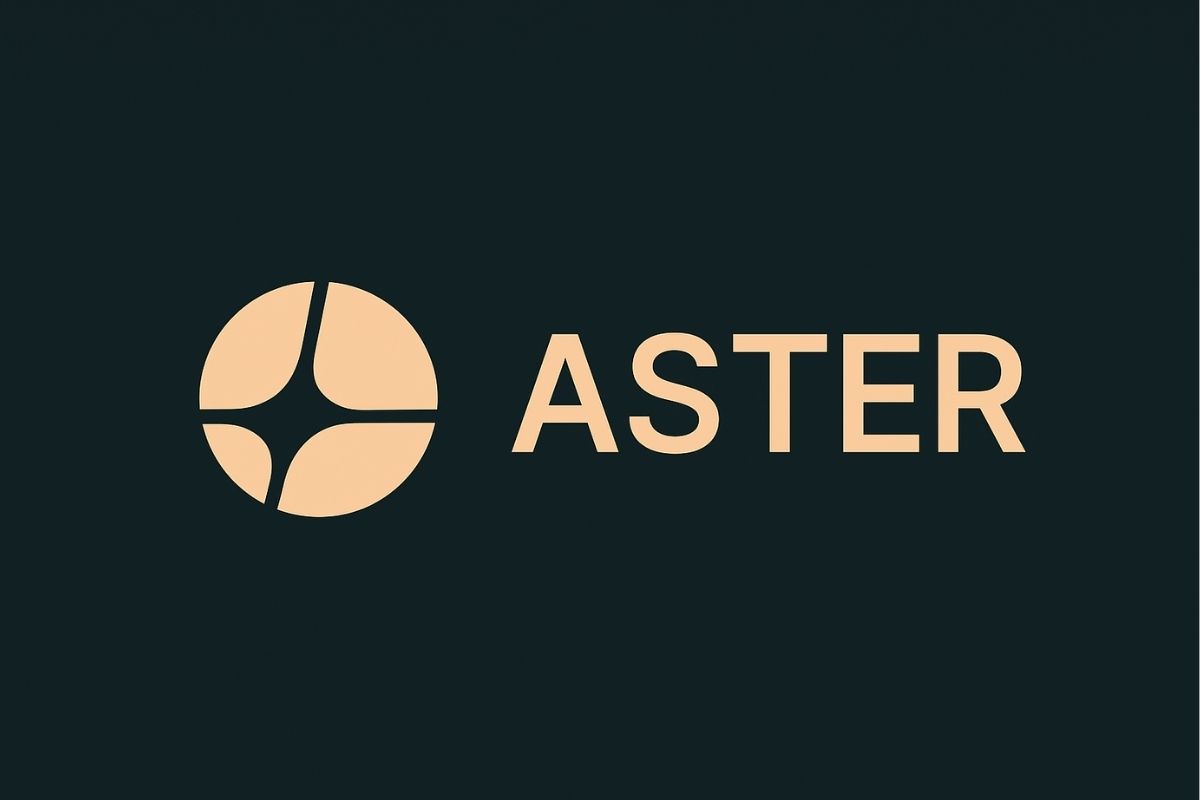
When you peel back the layers of any major blockchain, you’ll find one fundamental question at its core: How can a digital network reach trust without a central authority? Enter Proof of Work (PoW) and Proof of Stake (PoS)—two consensus mechanisms that, while sharing the same goal, represent dramatically different philosophies in securing and powering decentralized systems.
From Bitcoin’s energy-hungry mining race to Ethereum’s innovative, eco-conscious staking revolution, PoW and PoS have set the standards for how transactions are validated and how communities are incentivized. For investors, developers, and anyone watching the evolution of crypto, understanding the nuances between these two approaches isn’t just academic—it’s key to anticipating the future direction of the entire blockchain industry.
What Is Proof of Work (PoW)?
Proof of Work is the first consensus mechanism used in blockchain technology, popularized by Bitcoin since 2009. This system requires miners to solve complex mathematical puzzles using specialized hardware such as ASICs or GPUs. This process is known as “mining.”
Whenever a miner successfully solves one of these puzzles, they earn the right to add a new block to the blockchain and receive a reward in the form of cryptocurrency. This process ensures that all incoming transactions are valid and makes the network more secure against cyber attacks.
However, PoW requires a tremendous amount of electricity, as thousands or even millions of computers work non-stop. This is why PoW is often criticized for being energy-intensive and environmentally unfriendly. Additionally, the hardware race creates uneven competition, where miners with more capital have a better chance of earning rewards.
What Is Proof of Stake (PoS)?
Proof of Stake is a more modern and efficient alternative to Proof of Work. Instead of relying on computing power, PoS selects validators based on the number of coins they have staked or “locked” in the network. The more coins staked, the higher the chance of being chosen to validate transactions and earn rewards.
One of the main advantages of PoS is its energy efficiency. Because it doesn’t require specialized hardware or heavy computation, the electricity consumption of PoS is much lower than PoW. Furthermore, PoS systems tend to be more decentralized, as anyone with assets can participate as a validator without having to compete in terms of hardware.
Ethereum, one of the largest blockchains, has transitioned from PoW to PoS through a major upgrade known as Ethereum 2.0. This is a real-world example of the crypto industry shifting towards greener and more efficient solutions.
Advantages & Disadvantages of Proof of Work
Advantages:
- Highly secure, as attacking the network requires massive energy and capital.
- Proven track record and used in major networks like Bitcoin.
Disadvantages:
- Very high energy consumption, not environmentally friendly.
- Low scalability, as validation takes time.
- Hardware competition can lead to centralization.
Advantages & Disadvantages of Proof of Stake
Advantages:
- Low energy consumption and more environmentally friendly.
- Better scalability, with faster validation processes.
- Encourages wider participation since expensive hardware is not needed.
Disadvantages:
- Potential for centralization if a few parties hold most coins.
- The system is still relatively new and not as battle-tested as PoW.
Which Is Better?
The choice between PoW and PoS greatly depends on the priorities of the network. If maximum security and decentralization are the main focus, PoW is still the primary choice, especially for assets like Bitcoin. However, if the goal is efficiency, scalability, and environmental sustainability, PoS is increasingly becoming the preferred option and has been adopted by many new projects.
Conclusion
Proof of Work and Proof of Stake each have their own strengths and challenges. PoW excels in terms of security, while PoS offers energy efficiency and broader participation. As blockchain technology evolves, current trends show a shift towards PoS to support the growth of a greener and more inclusive crypto ecosystem.
Start your crypto investment journey now! Download Mobee, a secure and user-friendly crypto trading app for everyone, from beginners to pros.












%201.png)


